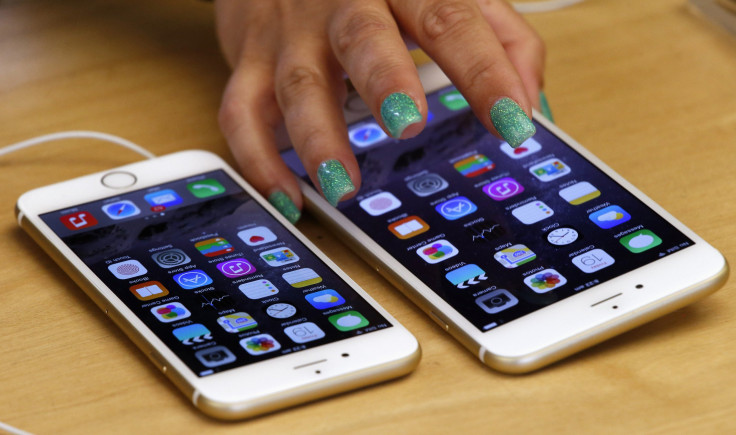Apple Two-Step Verification Comes To iMessage And FaceTime, Making It Harder To Impersonate Users

Two-step verification has now arrived for iMessage and FaceTime users on the iPhone, iPad and Mac. The feature adds an extra layer of security to Apple IDs to help protect accounts from unauthorized use while curbing the potential for user impersonation.
In addition to a user entering their user name and password, the respective apps will now ask users to verify their identity by generating app-specific passwords for their accounts through Apple's website. Two-step verification was first added as an optional feature in March 2013 and was used to protect Apple IDs from unauthorized account changes and purchases through iTunes. And last year, it expanded the feature to iCloud accounts, following the massive leak of celebrities’ intimate photos, some of which were obtained through unauthorized access through the cloud storage service.
Now, when users enable FaceTime and iMessage on a new device, they will be met with two-step verification prompt and will be required to generate a unique login for iMessage and FaceTime. By having the feature enabled, unauthorized users are prevented from gaining access to account even if they have a user's main user name and password. And when users login to their Apple ID on a new device, it also asks for a security code which is sent to another trusted device.
Traditionally, two-step authentication has been used by banks through physical keyfobs that generate one-time use codes. But in recent years, a number of websites have been providing optional access to the feature to help protect their users. Google, Twitter, Dropbox and Facebook provide the feature, which can generate a code on an app or through a text message.
And game companies such as Activision Blizzard have had the feature on their users’ accounts for years to prevent account theft.
But Apple’s implementation isn’t 100 percent perfect. When users enable two-step verification for the first time, it also prompts users to print out or safely store a recovery key in case they lose their trusted device or get locked out of their account. And if that recovery key is lost or forgotten, users may have no choice but to create a new Apple ID, according to the Next Web.
© Copyright IBTimes 2024. All rights reserved.












